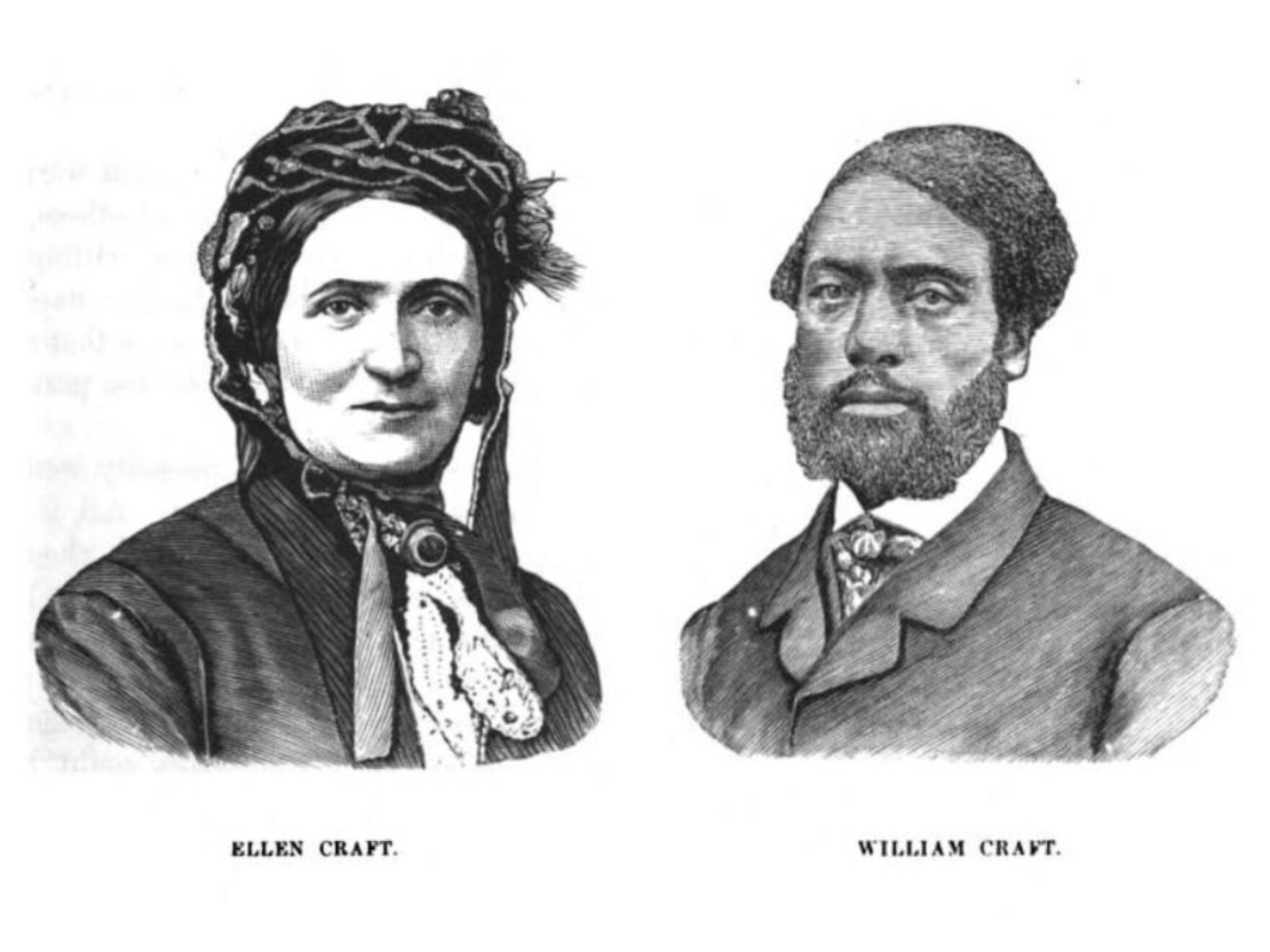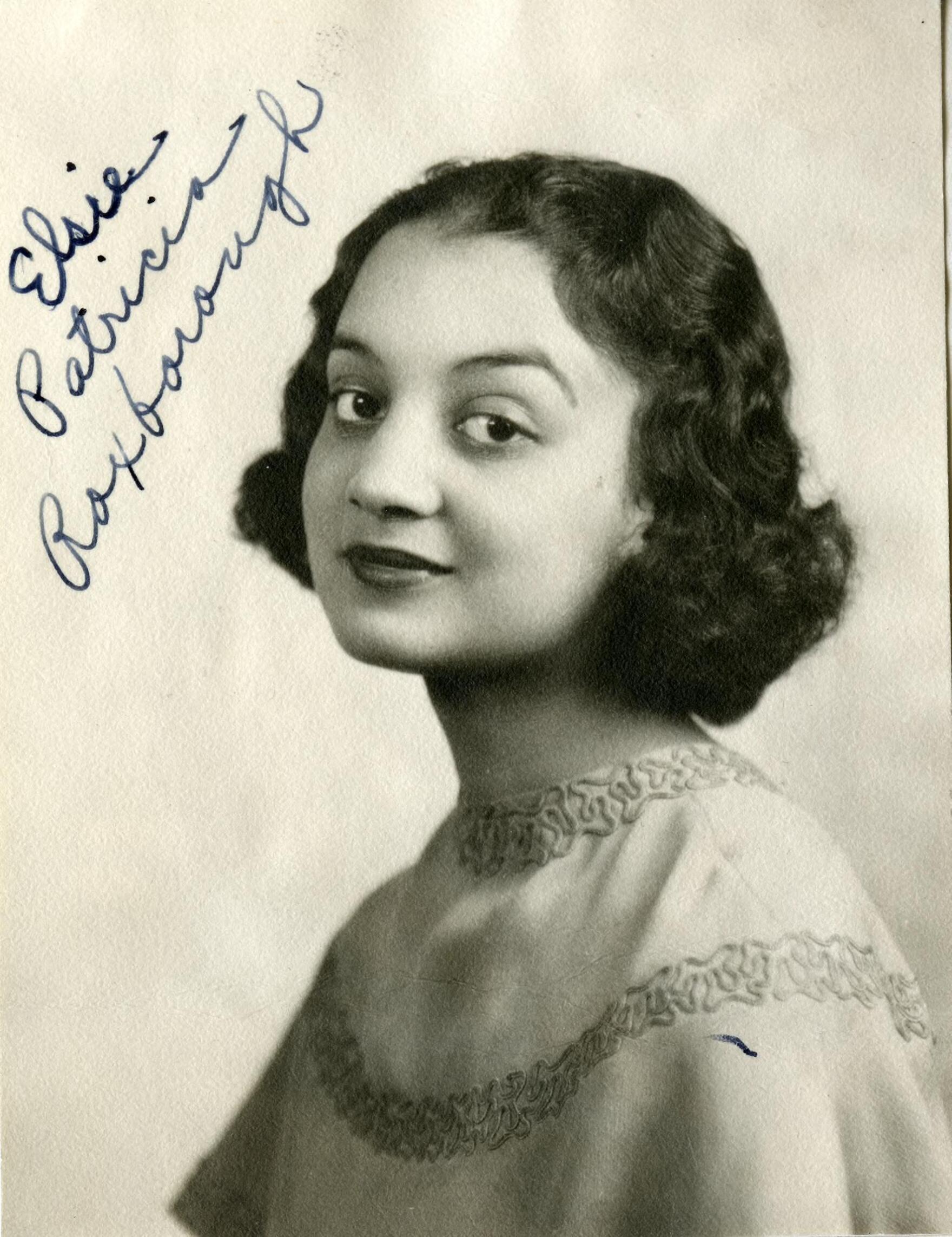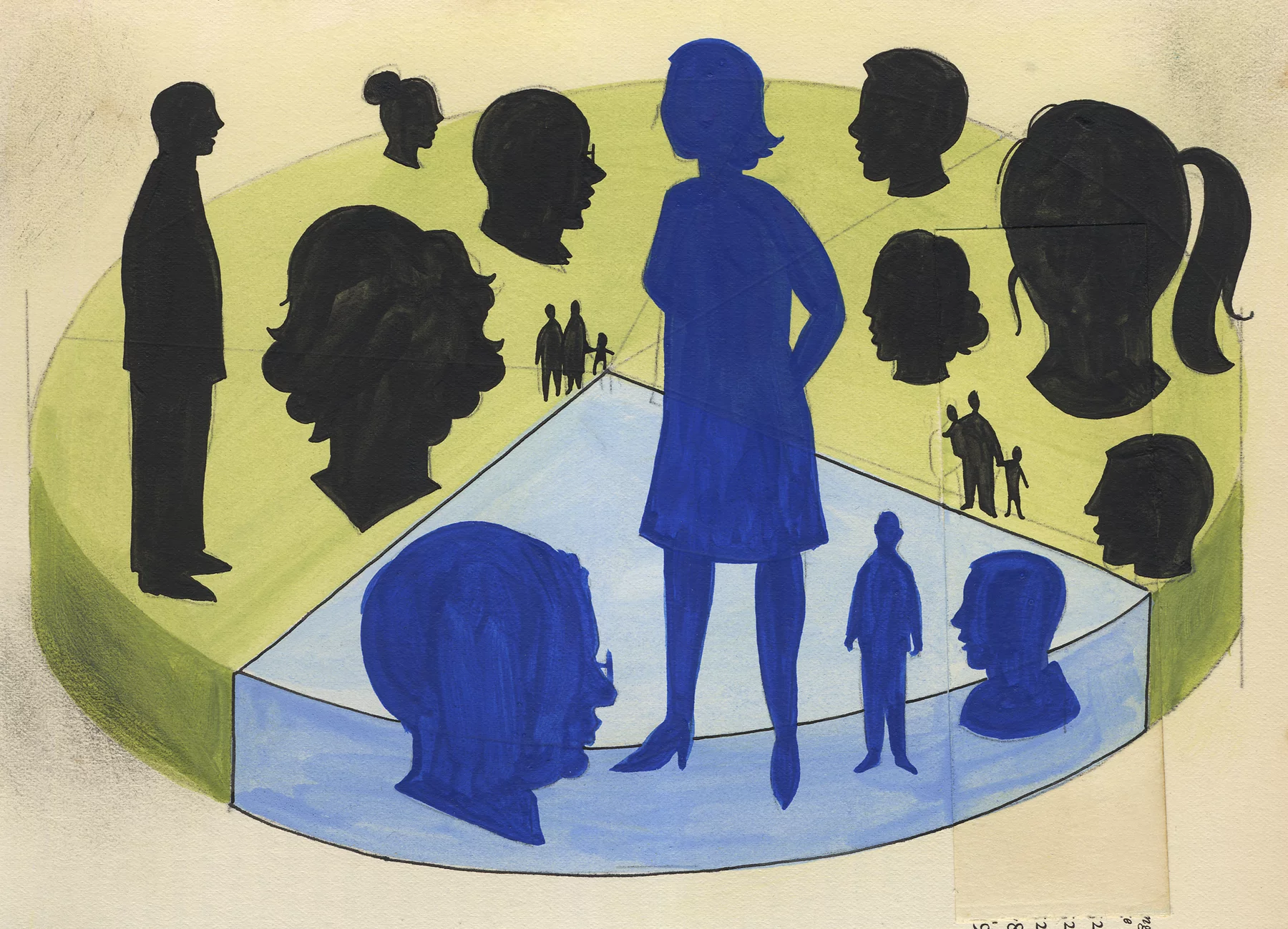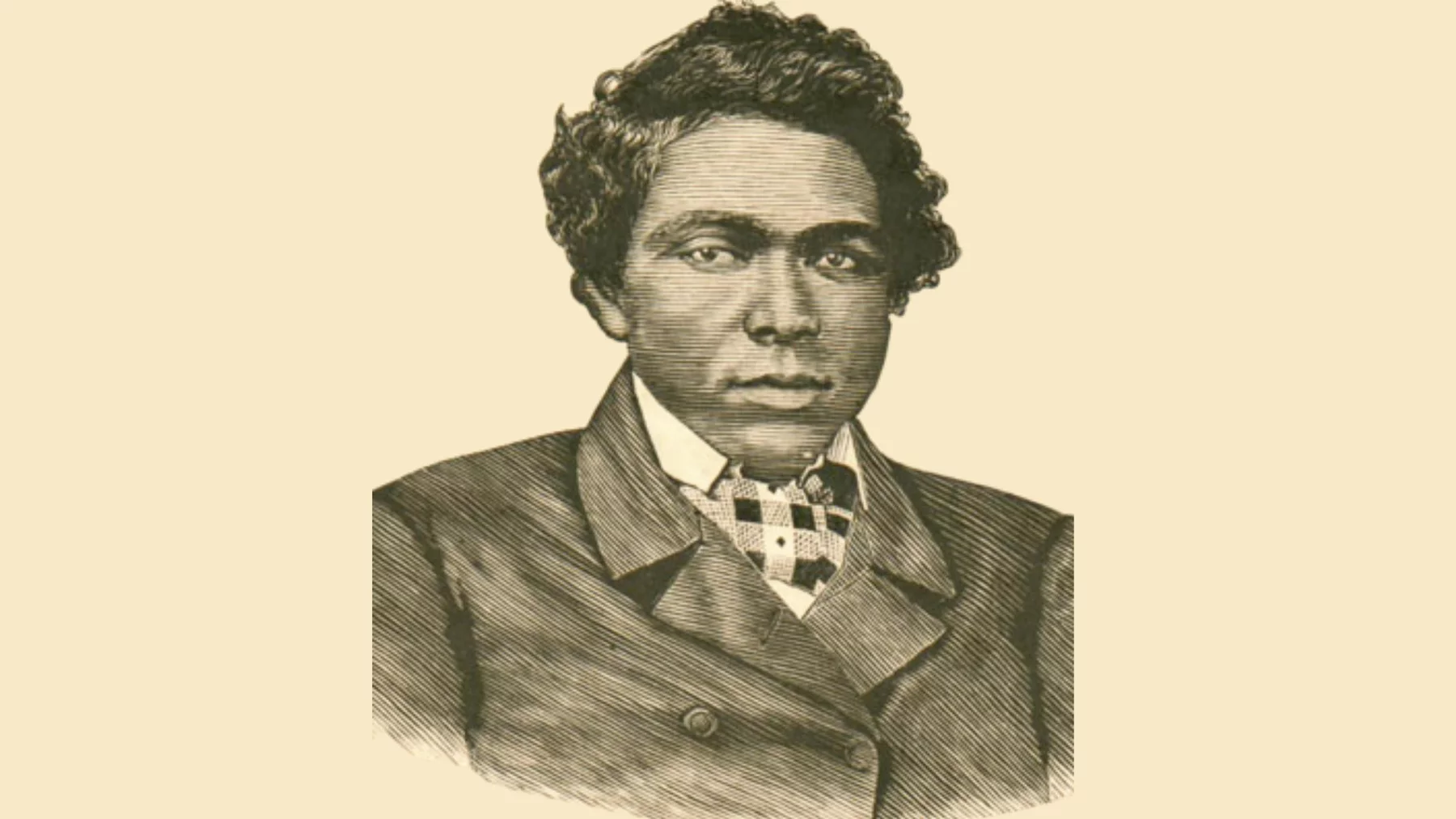Stories of racial passing, from the pages of Nella Larsen to Detroit’s upper classPosted in Articles, Audio, Media Archive, Passing, United States, Women on 2022-03-31 22:52Z by Steven |
Stories of racial passing, from the pages of Nella Larsen to Detroit’s upper class
Stateside
Michigan Radio
2022-03-25

To escape slavery in Georgia, light-skinned Ellen Craft and her dark-skinned husband William posed, respectively, as a white gentleman traveling with his enslaved manservant in 1848.
Elsie Roxborough was born in 1914 in Detroit to one of Michigan’s most prominent Black families. When she died in New York City in 1949, her death certificate listed her race as white. She had lived there as a white woman for over a decade, working for a time as a model while aspiring to acclaim as a playwright.
“She almost immediately goes to New York City after graduation from the University of Michigan,” said Ken Coleman, a journalist who has researched the Roxborough family. Elsie Roxborough “at least professionally changed her name to Pat Rico at one point, and then ultimately, Mona Manet, and her brown, brownish-black hair becomes Lucille Ball auburn.”
Roxborough represents one of the few documented historical instances from Michigan of a Black person choosing to live nearly full-time as a member of white society. This phenomenon, known as racial passing, has received renewed popular attention through recent artistic works like Rebecca Hall’s film adaptation of Nella Larsen’s 1929 novel Passing and Britt Bennett’s novel The Vanishing Half…
Listen to the story (00:19:36) here.








